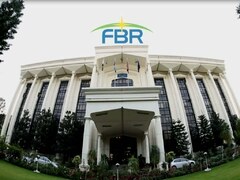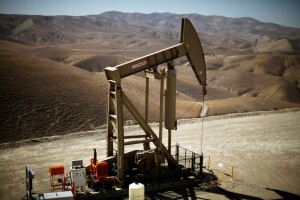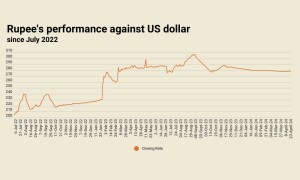The inflation dragon is showing teeth again. The headline number stood at 8.7 percent in Feb-21 – highest monthly delta from previous month (Jan21 at 5.7%) since the new base came in effect. It seems the Planning Minster was a little premature on the low inflation ‘pawri’ last month.
Food prices are not coming under control. International commodity prices are moving strongly in the northward direction – even though the government has yet to pass on the impact of high oil prices to consumers. With IMF coming back, the biggest shock in Feb is of electricity prices – on monthly basis the inflation is up by 1.8 percent.
The headline inflation is likely to remain around 9-11 percent over the next four months (Mar-Jun) before the high-base effect of Jul-20 (monthly increase was 2.5%) comes into play to lower the headline number – the inflation in Jul-Dec is likely to hover in the range of 6-8 percent. Seeing these numbers, 50-100 bps increase in interest rates in 2021 cannot be ruled out.

Having said that, there are no signs of wage-spiral inflation or any other pressure on core inflation as such. The urban core inflation is at 6.4 percent and rural core at 7.7 percent; but there is higher monthly increase in the past two months. The trimmed core inflation has increased for urban from 5.7 percent in Jan to 7.9 percent in Feb and the increase in rural is from 8.1 percent to 9.2 percent. This shows there are some signs of core inflation moving up.
The higher monthly headline inflation in Feb-21 is primarily attributed to the revision in the electricity prices. Due to this, the housing and utility index (weight 23.6%) is increased by 4.35 percent from the levels in January and is contributing 1 percent increase out of 1.8 percent. The increase is higher for lower slabs consumers and less for commercial and industrial – overall electricity prices increased by 29.45 percent both for rural and urban in just a month. The increase for both commercial and industrial by 11 to 14 percent might have had some secondary impact on the inflation.
Apart from electricity, its none other than food that is driving inflation. Food prices are increased by 0.83 percent in Feb as compared the prices in Jan. Its mainly non-perishable food items that is triggering the hike as prices for perishable food items decreased by 10 percent on a monthly basis. The increase in non-perishable increase is usually stickier. Notable increase is in chicken prices (urban up by 37%) and cooking oil (up by 11.9%).

On yearly basis, the food items in double digit increase are quite a few. The more permanent increase would be in milk (up by 14.7%), wheat flour bag (13.5%), spices and cooking oils. The prices of chicken and eggs registered the highest increase; but these could partially revert before settling at new levels.
In Feb, on a monthly basis, clothing and footwear prices have recorded a significant increase -2.4 percent monthly and 11.3 percent on yearly basis. Interestingly, the increase in Feb is primarily observed in urban communities where the month-on-month increase is at 4.1 percent whereas the rural increase is at mere 0.3 percent. Its footwear that’s the main item to blame for which urban inflation went up by 14.7 percent on a monthly basis.
This relative higher increase in urban areas have reduced the gap between the urban and rural inflation. In Oct-20, the rural inflation at 11.3 percent was 4 percentage points higher than urban at 7.3. In Feb-21, the gap is almost negligible – rural at 8.8 percent and urban at 8.6 percent. In case of food inflation, rural is now 1.2 percentage points higher than urban.
The 8MFY21 inflation is standing at 8.3 percent as compared to 11.7 percent in the same period last year. The 12-month moving average is at 8.5 percent and it is on a constant decline. The direction of inflation is not changing, and the downward movement continues, though some signs of higher inflation are appearing. Seeing this, there may be some increase (50-100 bps) in interest rates on the horizon during the year; but forget about double digit policy rate.
























Comments
Comments are closed.